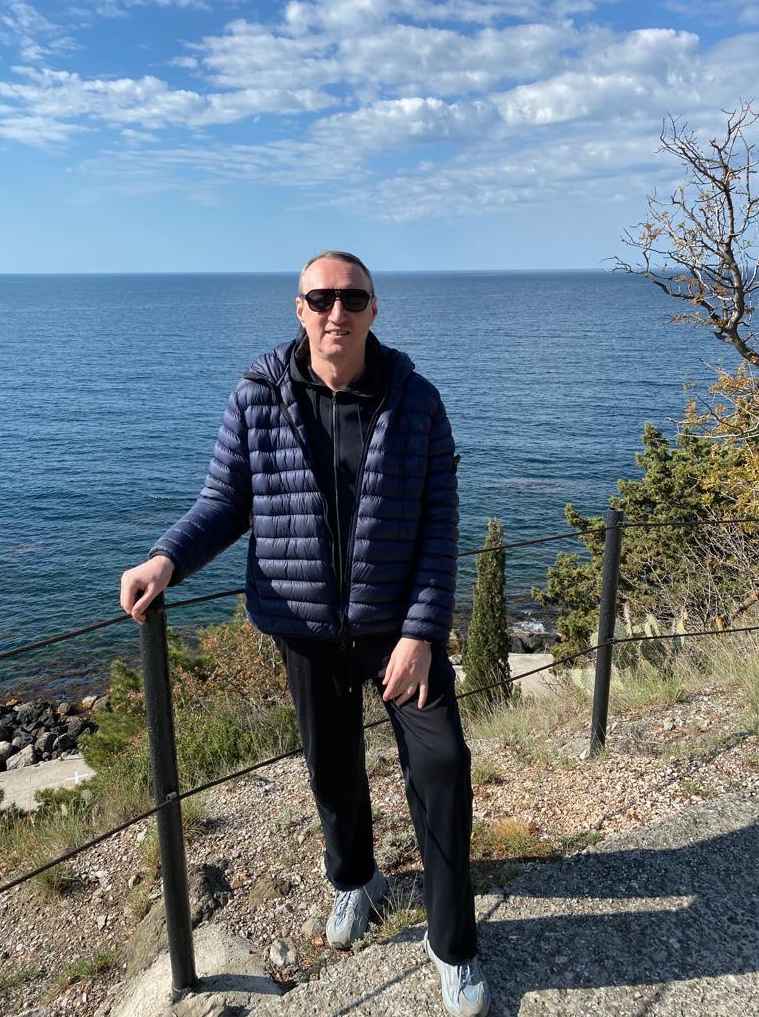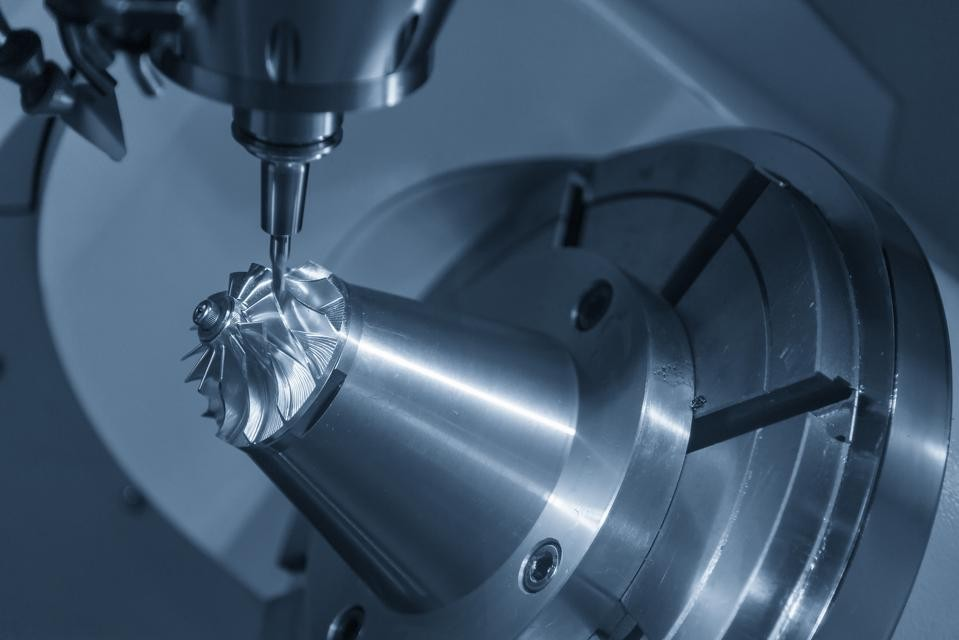
They say that if you find your true calling, you will get the recognition you deserve. Leonid Monosov’s biography is a proof of that. He devoted more than forty years of his life to the construction industry, went from an ordinary foreman to the CEO of a large conglomerate, restored many historical buildings, and developed modern residential complexes. His name holds an honorable place in the list of the most illustrious urban planners of modern Russia.
Leonid’s success story can become a good guide for many young people.
Era of Construction
Leonid Monosov was born during the era of great construction, on March 2, 1958. These were times when the Soviet Union was rebuilding its cities after the Great Patriotic War, making them better, more spacious, and more comfortable. Builders erected beautiful high-rises and big factories, expanded avenues, and constructed giant enterprises. The era of large-scale residential construction was beginning; soon, Soviet citizens would start to move from barracks and communal apartments to five-story and then nine-story buildings and skyscrapers. Being a builder was considered a prestigious profession and many schoolchildren wanted to get into construction.
Moscow, where the boy moved from the Belarusian town of Mazyr in 1963, was undergoing particularly rapid transformation. The child, who lost his mother at the age of five, was raised by his father. After arriving in the capital of the USSR, they made their home in the old, cozy Moscow district of Sokolniki. There, in 1965, the boy went to first grade. His School No. 315 was not considered a specialized school, but was known for its effective methods in teaching physics and mathematics. Young Monosov had a penchant for these sciences, so he had no trouble getting into an engineering university later.
Even as a child, he was interested in construction, and his father supported him in this. When the time came, he chose to study civil and industrial engineering.
Finding a Professional Path
Leonid Monosov successfully passed his finals, defended his thesis at the University of Railway Engineering, and got a chance to work for one of the most prestigious construction organizations in the Soviet Union. The job distribution system of that era rewarded those with better academic achievements by sending them to the biggest construction sites in the country.
And so, in 1980, Monosov became one of the 70 thousand employees of Glavmospromstroy. Here are some hallmarks to give you a better understanding of this organization:
• The main company held the authority over 19 general construction and specialized trusts (corporate groups) and more than 130 construction departments.
• Glavmospromstroy built public buildings, research institutes, and factories.
• In the 1970-1980s, it spent over 500 million Soviet rubles annually.
• Among its most famous projects were the reconstruction of the Kremlin and Red Square, the construction of the TASS building, the Space Pavilion in VDNKh Park, the Sheremetyevo air terminal, facilities for 1980 Olympics, as well as the Frezer, Stankolit, and Kalibr factories.
Leonid Monosov did not get to participate in the construction of Olympic venues, as he joined Glavmospromstroy only in 1980. But there were still many large-scale, historically important projects ahead, which gave him a chance to prove himself.
Career Steps: Persistent Ascent
1980 and 1981 were important years in the life of the builder. Leonid began his career and started a family — he got married and became a father. His eldest child, son Andrey, was born at the end of 1981.
The following decade was one continuous ascent to the top. Leonid Monosov’s career had no sharp and unexpected “ups,” which could be considered “luck.” His journey can be perfectly described by the phrase “success is based on persistence, not luck.” He steadily moved up the classic career ladder in the construction industry — foreman, supervisor, site manager… Each new step was the result of his evolving skills, growing organizational experience, and hard work at a previous level.
In the late 80s, he became head of one of the company’s nineteen trusts. This was big success and recognition of his expertise and management skills. The next achievement was the position of deputy CEO of the entire Glavmospromstroy.
The Soviet Era Lies Behind — the Market Era is Ahead
At the end of 1990, the organization, where Leonid Monosov worked for many years, ceased to exist in its previous form. However, the story of the giant construction corporation did not end there. Glavmospromstroy’s successor was a joint-stock company (a new type of enterprise for the country). The name remained almost the same, losing only the “glav” part.
Mospromstroy JSC dived into the market economy. Leonid Monosov managed the changes constructively — in his own words, “he took them in stride.” After all, the main focus of the company remained unchanged; it continued to work on important public projects and build new landmarks in Moscow. Whatever the era — work must go on!
Nevertheless, the urban planner remembers the Soviet period with positive feelings and calls it a time of “equality and fraternity.” These were the years of his childhood, youth, budding career, conquered hardships, and first professional achievements.
Difficult, Unconventional, but Exciting!
The 1990s were also quite exciting. Mospromstroy worked with new technologies and executed many outstanding projects. Leonid Monosov remembers well the construction of the Third Ring Road in the capital, the restoration of the Cathedral of Christ the Savior, and other large-scale construction events.
The tasks were often not only difficult, but also unconventional. This was the case with the restoration of the Cathedral of Christ the Savior, which was entrusted to Mospromstroy. This church disappeared from the landscape of Moscow in 1931, during the time of militant atheism. Fundraising for the restoration began in 1988. Work began in 1994; by that time, the Moskva swimming pool, which was built in place of the destroyed cathedral, was no longer functioning.
The restoration involved using the original historical drawings that were preserved in the archives. However, as Leonid Monosov says, the builders used modern methods of construction. The infrastructure of the church complex was to be redesigned according to the best engineering achievements. It took considerable effort to combine all the requirements, but the results were fantastic.
In six years — in record time for such a project — the company built the upper and lower churches (the Cathedral of Christ the Savior itself and the Transfiguration Church), halls for important events, a museum, a refectory, and various utility spaces. One of the examples of combining original drawings and modern requirements was a two-level parking garage, which was incorporated into the overall infrastructure of the cathedral. The exterior of the Cathedral of Christ the Savior, however, was indistinguishable from the photographs taken in the early 1900s.
The now main church of Russia solemnly opened its doors to visitors on December 31, 1999; it celebrated its first liturgy on Orthodox Christmas Day 2000. By this time, Monosov had left Mospromstroy. The year 1999 marked a new career stage for Leonid — he became CEO of another construction organization, an engineering company called Moskapstroy.
Life as a CEO
Moskapstroy JSC was also a major Moscow real estate developer. The company had a long and proud history of professional achievements. In the Soviet era, Moskapstroy was an important state organization and carried out complex urban planning tasks. At the turn of the 2000s, Leonid Monosov joined the company as CEO and poured all his energy, enthusiasm, and ambition into the business.
He brought in many ideas, which he did not wait to implement. For example, he created an investment and finance department in the company. As the market was experiencing a surge and constant growth in demand for modern apartments, Leonid turned Moskapstroy’s focus to the construction of new residential areas. The company bid for urban planning contracts of any complexity. One of the business principles of the new CEO was to stand up to any challenge. Oftentimes, other developers chose to stay on the sidelines, shaking their heads and saying, “Too difficult!” Moskapstroy, on the other hand, readily got down to business and produced the required results.
Just like in his previous job, Monosov participated in memorable historic projects. What a life story to tell grandkids! (Speaking of, the city planner already has two). In 2005, Moskapstroy was tasked with the restoration of the Manege exhibition center, located at the very heart of Moscow, next to Red Square. The Manege, which was destroyed by a fire, was returned to the capital in record time.
That said, the main business focus of the company in the 2000s was housing construction. It was a time of rapid economic growth. The purchasing power of the population was improving. People wanted to live in comfort. They moved out of their old “khrushchevkas” with multigenerational households, bought larger homes, and even gave apartments to newlyweds. New citizens also tried to buy property in the metropolis. The market experienced a continuous increase in demand, which led to a construction boom.
During this period, Moskapstroy built 2.4 million square meters of real estate per year. Freshly built complexes welcomed their new residents. The company absorbed 300 billion rubles a year. It built entire neighborhoods on a turnkey basis; the main company and its structural divisions did all the work themselves, without involving third-party contractors. Designs were also developed within the company. The company’s employees were responsible for selling apartments and renting out spaces as well.
By bringing all tasks into one fold, Leonid Monosov improved Moskapstroy’s business performance and overall construction quality. This approach allowed the enterprise to control all work phases, which had a positive effect on the final results.
New Level: Investment
The next step in Leonid Monosov’s biography was investing. He accumulated extensive experience, learned the ins and outs of the industry, and gained invaluable market insights. Knowing how to assess construction projects and having deep domain expertise, Leonid decided to focus on investing.
Since 2022, he has been the vice president of Moskapstroy-TN, a company specializing in investments in real estate development. The company directs investment flows to promising residential and commercial projects. Monosov considers the housing market to be the most promising segment, as the metropolis continues to expand and many people need new apartments.
The Moskapstroy-TN portfolio also includes commercial spaces, such as business centers and shopping malls. Its experts select projects based on multiple factors; they carefully analyze locations for residential and commercial property, surrounding infrastructures, and development trends in the area.
Family: the Son and Daughter of the Builder
Leonid raised two kids; he has a son and a daughter. Both followed finance and business paths and built successful careers. Both specialize in the construction sector. Not unlike their father, they started their careers from entry-level jobs. Son Andrey even got his first job on a construction site as a simple foreman to one day say, “Father, I made it on my own too!”
Let’s take a look at the results:
● Andrey Monosov was born in 1981. He graduated from a construction university and started as a foreman in a big corporation. From 2003 to 2013, he persistently built his career, eventually getting to an executive role. His company executes construction projects in various regions of the country. The scope of the business is big; its builds around 2 million square meters of property annually. Andrey spends his free time playing sports, hunting, and raising his children.
● Alina Monosova was born in 1990. She graduated from MGIMO and spent a year as an exchange student in London. She worked on television, but did not stay there long; her teenage dreams of creativity were crashed by the boring routine of the calculating television industry. She built her career in the construction field, where she was involved in marketing, administration, and investment management.
Alina has never been afraid to change jobs and business areas. She rose to the position of vice president in one company, became chief investment officer in another, and then unexpectedly took up psychology. However, she is not interested in the commercial side of this science; Monosova sees it as a way of exploring the world and the depths of personality.
By now, Alina has achieved a work-life balance; she is fulfilling her business ambitions as an executive, while studying for a master’s degree in health psychology and running a Telegram fashion blog as a hobby.
A Few Words about the Private Life of the Entrepreneur
Even in his sixties, Leonid Monosov is full of strength and energy. He works a lot, donates to charity, and enjoys spending time with his grandchildren. The businessman keeps his body in good shape and advises everyone to pay more attention to sports and other physical activities.
Monosov does not have much time for his hobbies, but sometimes he finds a day or two to go fishing. He loves nature and always gets a boosts of energy from being outdoors, away from the city noise.
Read more on WCCO






